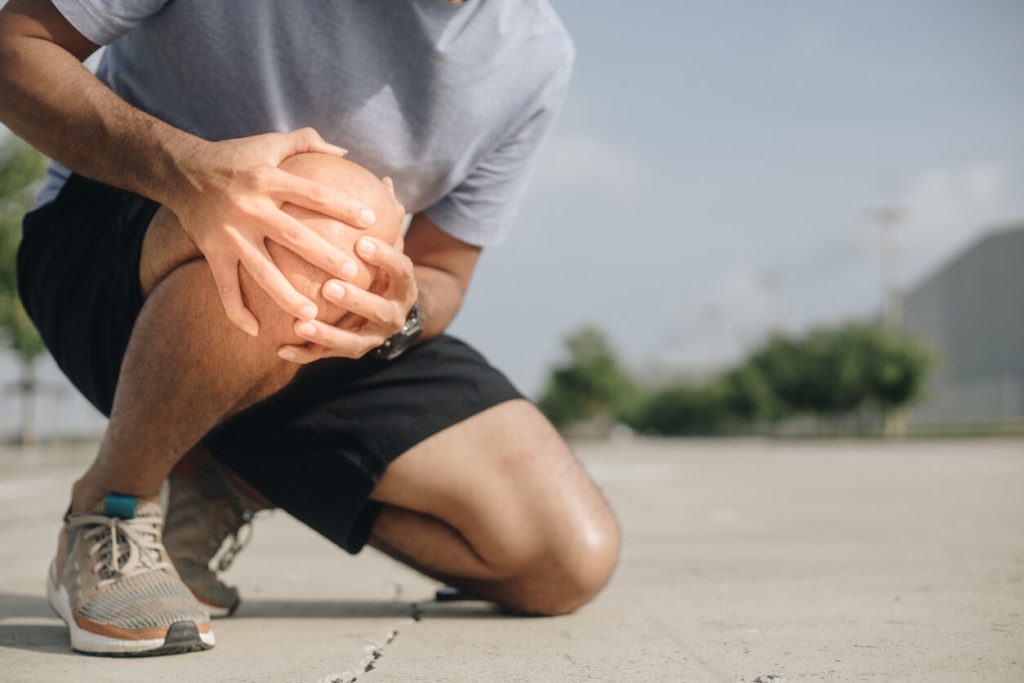When it comes to our bodies and overall health, we need to know as much as possible so that we don’t just leave it to chance.
Aside from diseases that may affect us, other medical issues can disrupt our lives as we must deal with the symptoms and pain management. Such is the case with osteoarthritis.
Though not fatal, it can be so debilitating that it interferes with our daily routine and activities. It can surely make our life more difficult as we struggle with the pain, discomfort, and frustration of not being able to move as freely as we would want.
What is osteoarthritis?
Osteoarthritis is the most common type of arthritis that mainly affects joints. It is a degenerative disease in which the cartilage in a joint break down, producing discomfort and limited movement.
In normal joints, cartilage is the firm, rubbery material that cushions the ends of the bones. It functions as a “shock absorber” and covers the ends to prevent friction in the joints.
When the cartilage becomes stiff and loses its elasticity, its ability to act as a shock absorber decreases. When the cartilage becomes damaged, tendons and ligaments are stretched, causing pain. The worsening condition would result in bones rubbing against each other, causing more pain and eventual loss of movement.
As found in osteoarthritis new treatment, the condition primarily affects middle-aged and older people, mostly women. The symptoms can range from quite mild to extremely severe. This medical condition affects the hands, knees, hips, feet, the back, and any other part of the body where joints are found.
Each person may experience osteoarthritis differently, and they may rely on treatments that combine conventional medicine, lifestyle changes, and home remedies. While medications may prove to be helpful in alleviating the symptoms, taking it long-term may have undesirable side effects.
Here are five home remedies that you can check out and try:
1) Topical ointments and creams
You have the option to try topical ointments and creams instead of the oral pill medications. These topical versions most often contain aspirin or other pain relievers that can physically numb the pain in the affected areas. They are applied directly on the skin surface near the affected joints, such as the knees.
Most topical gels are non-steroidal anti-inflammatory drugs that can provide almost immediate pain relief upon application.
2) Hot and cold compresses
Hot and cold compresses can do a lot of wonders where the pain is concerned. Hot or warm compresses ease the discomfort in joint stiffness while cold compresses take care of the pain. Furthermore, heat soothes and relaxes muscles, while cold numbs sharp pain and helps in reducing inflammation.
These remedies don’t cause long-term side effects that oral pain medications might. Besides, they are as simple as just using a warm or cold towel.
3) Herbal remedies
Herbal remedies are becoming increasingly popular for treating illnesses such as osteoarthritis. This is because some people believe that they are safer and have fewer adverse effects than over-the-counter (OTC) medications.
The only danger is taking them without consulting a doctor first. These “natural” herbal treatments may have adverse effects and interact with the medications we’re taking for other health problems. Make sure to only buy these herbal remedies from reputable sellers or retailers.
Some of the popular herbal remedies for osteoarthritis include:
- Green tea – polyphenols in green tea may help reduce inflammation and improve joint function.
- Ginger – has been shown to relieve osteoarthritis pain and even lower the likelihood of other osteoarthritis-related impairments.
- Turmeric and curcumin – Curcumin, the main ingredient in turmeric, has been demonstrated to have pain-relief properties and slow disease progression.
4) Assistive or support devices
Assistive devices can assist in relieving joint stress. Walking with a cane or walker relieves pressure on your hip and knee. Other assistive devices include braces, knee tapes and shoe inserts.
If you have osteoarthritis in your fingers, making use of gripping and grabbing tools may make it simpler to operate in the kitchen. Look for assistance gadgets in catalogs or medical supply stores or ask your doctor or occupational therapist about them.
5) Lifestyle changes
Lifestyle changes are frequently useful for longer-term results. Exercise, a good diet, and maintaining a healthy weight can all assist in improving joint health and function. The muscles that stabilize your joints will strengthen and protect you from injury over time.
Staying active, maintaining a healthy weight, and eating osteoarthritis-friendly foods like the Mediterranean diet will help prevent symptoms from worsening.
While home remedies aren’t designed to replace medical treatments, they may help us manage pain without the side effects brought by medication. Natural remedies might be the way to go if we want to keep the symptoms at bay and live a more normal life despite the condition.
It’s important to discuss home remedies and lifestyle changes with your doctor before taking or doing these.
